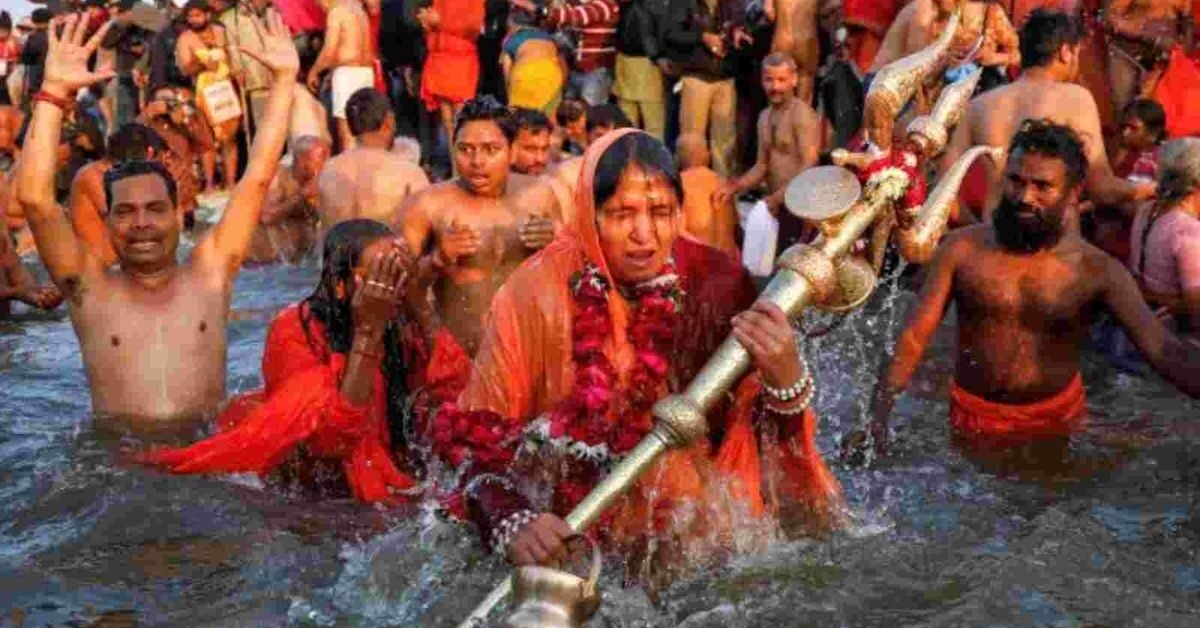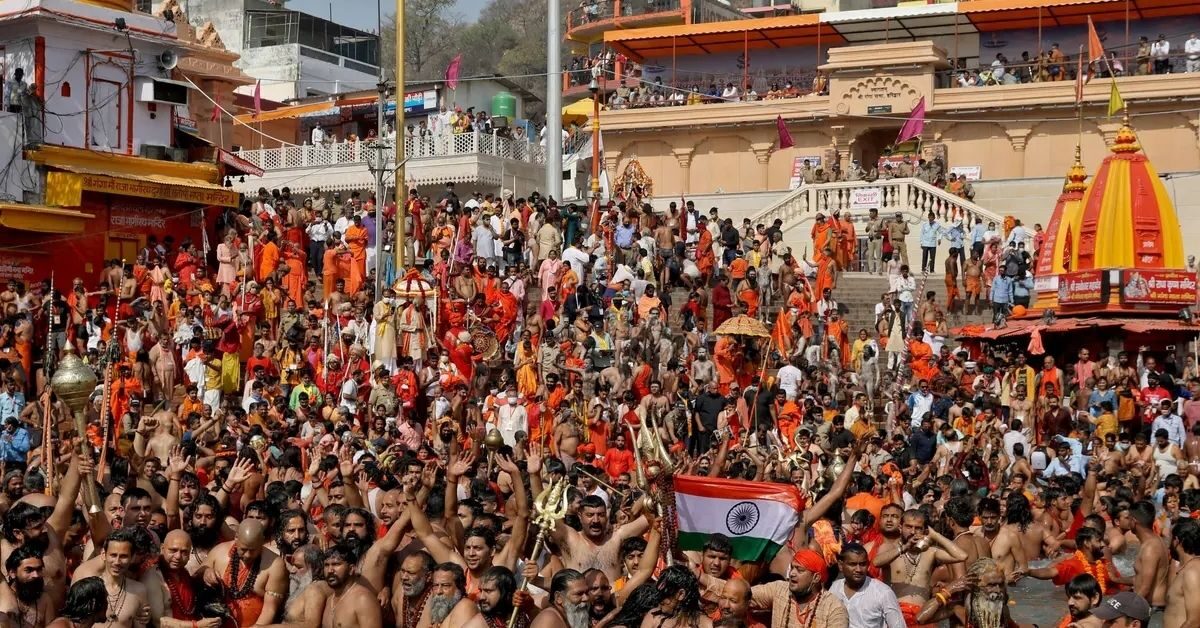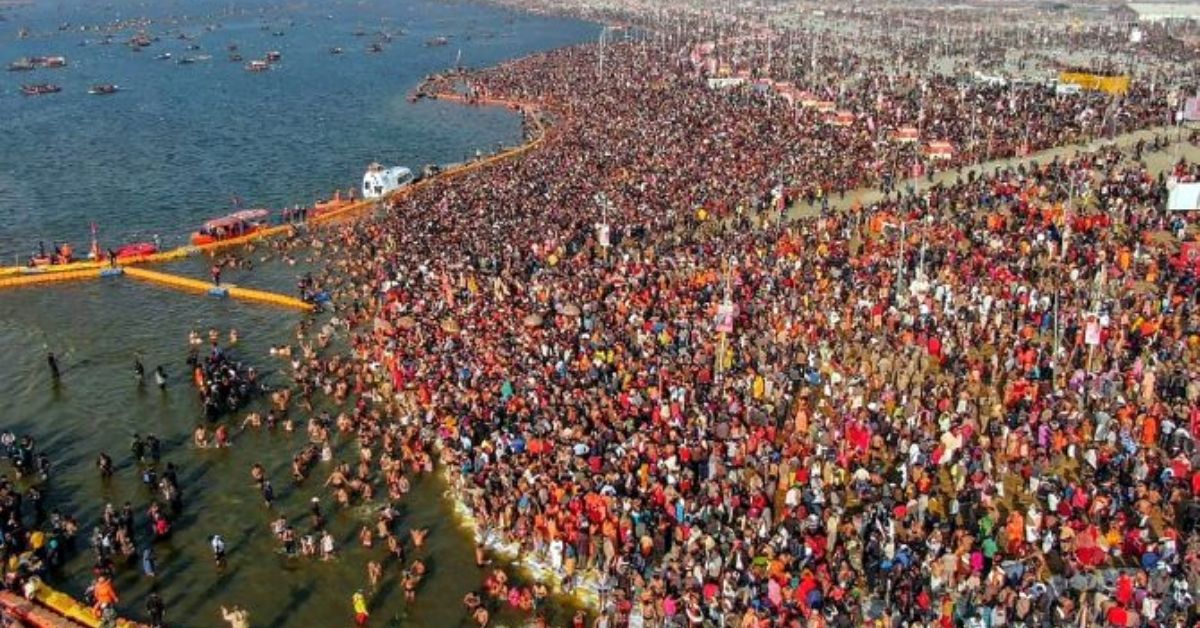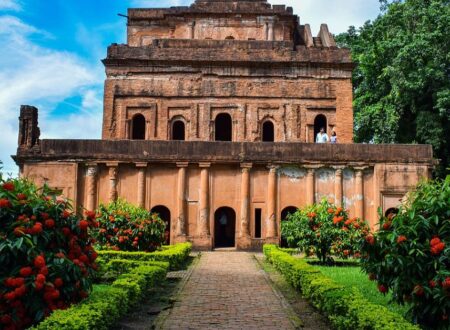Take a deep dive into the Holy Ganges and witness the biggest pilgrimage festival of the Hindu Religion. India’s Mightiest Religious Celebration and Fair Festival- A phenomenon you cannot miss-The Kumbh Mela:
The Kumbh Mela witnesses millions of devotees and pilgrims from across the Globe attending the Mighty Festival. Why do so many people attend this festival, and what makes it significant? The fact that it takes place only once in 12 years (the Purna Kumbh) When Brihaspati, the Hindu Planet God (Jupiter), completes a revolution and in 6 years (The Ardha Kumbh Mela) with some places also celebrate the festival every 3 years duration. However, the most important of all is the Maha Kumbh in Prayagraj (formerly known as Allahabad) and Haridwar.
Let’s get into the details of the Kumbh to help you plan your experience:
History and Tradition of the Kumbh Mela:
When we look for Kumbh Mela in our ancient scriptures, we find ‘Kumbh Mela’ used from the 19th century. Before the 19th century, the Kumbh Mela was called ‘Magha Mela’. A festival was very similar to the Kumbh Mela’s traditional practices including taking a dip in the water. The Hindu philosopher and saint Adishankara initially initiated the Kumbh to start Hindu Gatherings and processions. Wherein people could learn about their religious roots, culture and traditions, and customs and practices. So that the culture does not get lost in translation and can be explained and passed on to the new generations in the future.
The festival is conducted at the Banks of 4 rivers with great significance in Hinduism. Namely- The Shipra, Godavari, Triveni Sangam, and The holy Ganges. A vital feature of the festival is to take a dip and bathe in the waters of these holy rivers. This custom believes that the water of these holy rivers can wash away one’s sins if one takes a dip and bathes in its waters. The generic idea behind why the Kumbh is such an Important pilgrim phenomenon in Hinduism is that the devotees attend it to cleanse their souls, wash away their sins, and perform the Hindu belief of Prayaschita (atonement of one’s mistakes and sins).

When and Where is the Kumbh Melas Held?
- The Purna Kumbh Mela is held every 12 years at the site declared.
- The Ardha Kumbh Mela takes place every 6 years at Prayagraj and Haridwar.
- The Maha Kumbh Mela takes place after every 12 Purna Kumbh Melas, once every 144 years.
The Rituals at Kumbh Mela:
The Bathing Ritual of taking a dip in the holy waters is the main feature of the Mela. The day which gets the utmost importance is the day of Amavasya, wherein millions of people gather to bathe on this auspicious day in the context of the festival. The 13 Sadhu Akharas are the first to have a bath and then followed by the devotees. The many rituals followed along with the snan include Mundan( shaving head), offering flowers, Sindur, chanting mantras and hymns, performing Shraddhas for the ancestors, etc.
Events along with the dip and bathing in the rivers include- Pravachan, Kirtan, and shashtrartha, which explains our Shastras. The festival also has Yajnas performed, a short prayer offered to the rivers. Many more events focus on Yoga, Kala (Art), and even spiritual courses that offer In-depth knowledge about Hinduism.

The Kumbh Mela is one of the world’s largest peaceful gatherings. About 30 million people attended the festival in 2013, and another 50 million people attended it in 2019.
To put it all together,
What makes the Kumbh Mela special is the belief and faith of the people who attend the meal. Millions of Devotees attend every Kumbh Mela and observe various intense fasts. The festival is about the win of virtues over vices. It tests how dedicated one is to spirituality and their deeper purpose in life.
Follow India Chalk on Instagram for more amazing travel content. You can share your travel story with us. Reach out to us on email at contact[at]ndiachalk[dot]com. This blog is curated by India Chalk and written by Megha S.







1 Comment